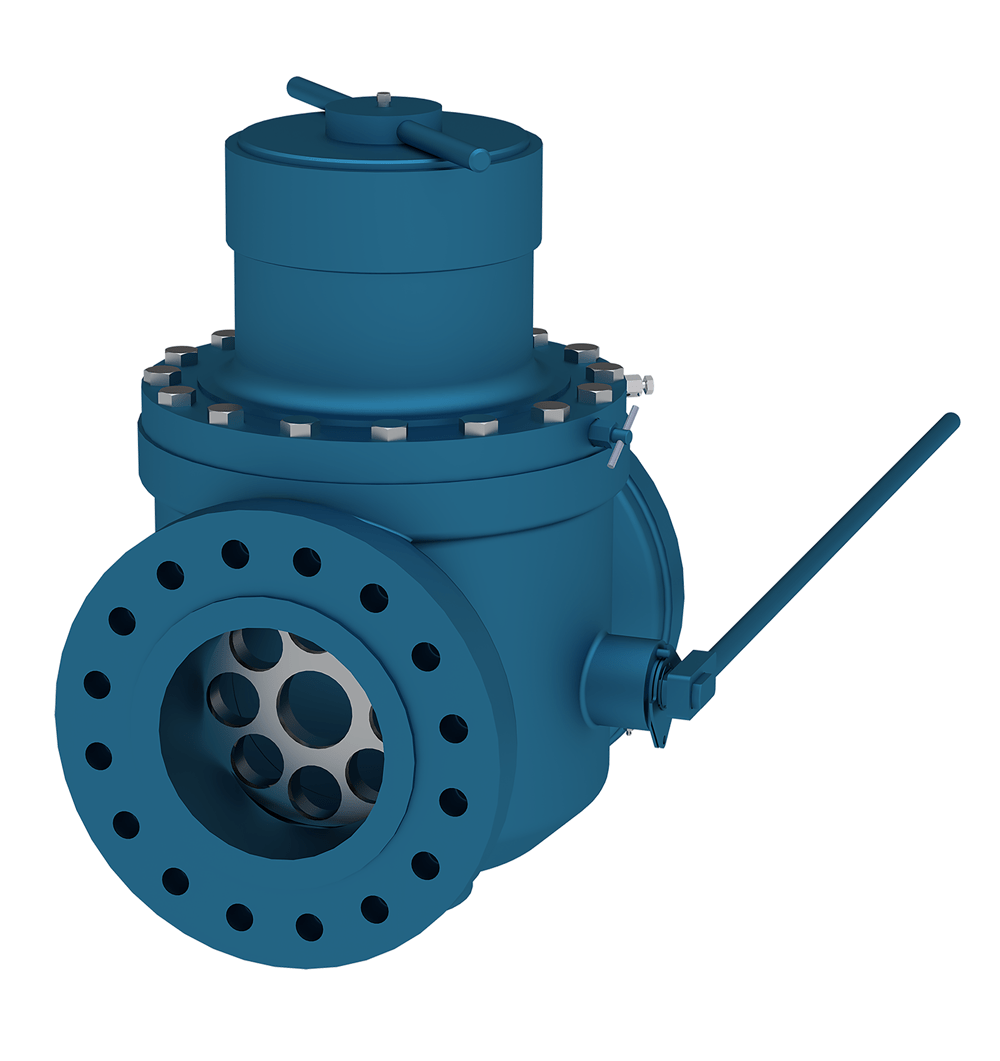Pigging Valve – How it works

Oil and gas industries or any industry which uses pipes need to know everything that is happening inside the pipes. The pipes uses different kinds of valves which do different kinds of work inside the pipes. Without them, it is almost impossible to get pure fluid out of the pipes and also in time. Valves are assigned different jobs inside pipes like controlling the flow, check for backflow or control raw material flow or even clean debris inside pipes. So, you might be getting that valves play a very important role in the operation of pipes. And they almost save a lot of manual work. Because without valves, all the work need to be done with human intervention which takes a lot of time and wastes energy. At every step of production of oil or gas, valves are important. It is very important to know about each valve clearly and the way that these valves work. In this article, we are focusing on one of the important valves pigging valve. Go ahead and read through to know about this valve and how it works.
Pigging Valve:
This is one of the key valves required for any piping system. They are required to inspect and clean debris from the pipeline. This is an important task as accumulation of debris causes impure material to flow and ultimately the speed of the fluid flow gets affected. Traditionally, pig devices which were made with straw and wire or leather are sent through pipelines to clean them. In modern days, these are cylindrical in shape and they are made differently. These can clean the debris along with finding any flaws or cracks inside pipes. This helps engineers to be proactive while testing pipes. There are also types that are available in pigging itself. They are specialty pigs, gel pigs, inspection pigs and utility pigs. Below we have mentioned how this pigging valvw works.
Operation:
There are 2 things that are involved with the pigging method. Pigging valve have a pig trap. It is shaped as a funnel and is a Y-Section. This special funnel contains receiver and launcher. The launcher is also called as pig launcher or launching station. This launcher uses line pressure to push the pig inside the pipeline. It also can pull the pig using a cable inside the pipe. While this launcher helps to move the pig inside the pipe, the receiver, as the name indicates removes the pig from the pipe along with the debris that it collects while travelling through the pipeline. The receiver is also called as pig catcher. Some types of gate valves can be used as pig traps. They are ideal because they do not disturb the line bore. Using a pigging valve is quite important for maintaining your pipes. Even though these valves are mainly used to clean the debris inside the pipes for the smooth flow of the material, there are other uses for these valves which are worth discussing. The first use is the most obvious one – to keep the material clean. Your pipes can be used in various locations where the monitoring is quite difficult. These locations might include underwater pipes. So, when travelling through these pipes, pigs record the data until it is received at the end. Using this data, location can be verified and any defects inside the pipeline can be repaired easily when locations are found. Nowadays, these locations are easy to spot as pigs are coming with GPS capabilities too.
Now that you know the usage of pigging valve and its working style, you know that this valve is required by your industry for sure. So, to buy a durable pigging valve is critical to perfectly perform its job. The manufacturer is important in getting the best valve possible.
One such perfect manufacturer is the Camtech Manufacturing FZCO, one of the top valve manufacturing companies based in Dubai. Its Managing director, Dhananjay Choudhary and his team strives to supply best valves to customers and have never disappointed.
So, go ahead and get some information about Camtech Valves and select the best possible pigging valve for your oil and gas industry. We are sure you will be satisfied with the quality and service offered by Camtech valves – Dhananjay Choudhary.

0 comments